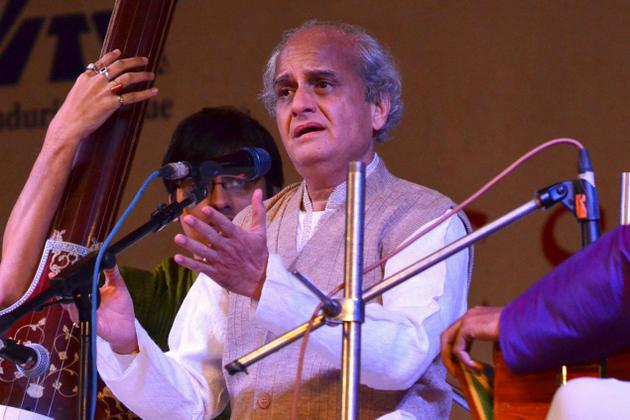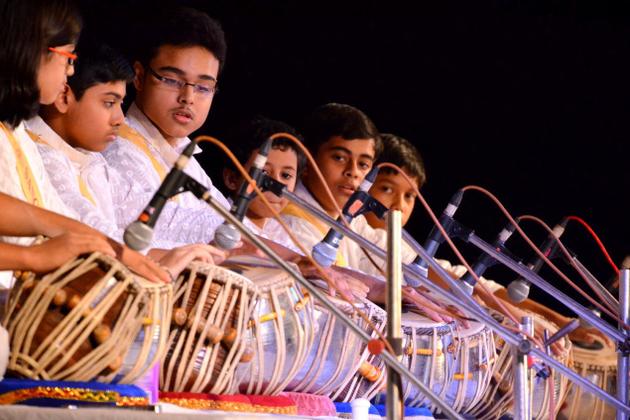
Lying on blankets at a height of 9,200ft, they gazed up at the sky and couldn’t believe what they saw. Khushi Goenka and two of her schoolmates from Modern High School for Girls were staring up at the Milky Way. With the naked eye.
In Hawaii to attend the second edition of the Pacific Astronomy & Engineering Summit at Imiloa Astronomy Center, the girls had seen the constellation through a telescope just the day before. “It was unbelievable because the previous day at the astronomy centre we had seen the constellation and other stars and there we were, seeing it again, this time with the naked eye,” said Khushi, a Class XII student.
Khushi, along with Class XI students Adwitiya Dawn and Shruti Keoliya, made up the only team from India invited to the five-day conference. Accompanied by their physics teacher Pamela Dutta, the girls worked in collaboration with Puragra (Raja) Guha Thakurta of the department of astronomy and astrophysics at University of California, Santa Cruz, and PhD student Emily Cunningham on the Halo 7D project.
The conference included presentations by scientists and astronomers from China, Japan, Canada and the US but the high point for the city girls was a meeting with five scientists who had spent four months in isolation in simulated Mars-like conditions.
“We met the HI-SEAS crew, a group of five scientists who had spent four months in isolation on a Mars-like surface on top of a mountain. We got hold of an aeronautical engineer and kept asking him absurd questions to satiate our curiosity and not letting him eat his plate of chicken that he hadn’t in the past months,” recalled Shruti.
After the girls returned to the city, Guha Thakurta visited their school and shared with Metro the importance of research and how the trip not only opened new avenues for the girls but also opened their minds to new ideas.
“It opens the eyes of students, especially those who are used to finding exact answers even to difficult problems, to the fact that there are problems that do not have a right answer. In research you have some idea of the question you are trying to answer but there is no guarantee you will find the answer,” explained Guha Thakurta, an astronomer for 30 years. “In most high schools, students are taught there is a correct answer and there is an incorrect answer. To know that there are many shades of grey in between is an eye-opener. The girls, on several occasions, were looking for answers but we would tell them we don’t know the answers or the answer is not known.”
Guha Thakurta said the girls understood the need for research and saw “some laws of physics, some of which they put in their presentation. Some of it they had learnt in class but what they had probably not seen is how someone who making a career as a researcher still uses the formula that they are learning in high schools”.
“In the initial document sent to us, the astronomy terms seemed alien and too technical. But as we started researching, the concepts became clear and we tried to make our presentation (calculating the mass and structure of Milky Way) as comprehensible as possible for the layman,” Adwitiya said.
The five-day trip included sessions by scientists and astronomers, visits to museums, trekking and cultural presentations and some bhangra and dandiya to get everyone at the conference on their feet.
“As far as education is concerned, travelling contributes hugely as does mixing with people and working together as a team on research. The girls had to Skype with California early in the morning before school and be there in time to attend school,” said Devi Kar, the director of Modern High School for Girls.
source: http://www.telegraphindia.com / The Telegraph, Calcutta / Front Page> Calcutta> Story / by Jhinuk Mazumdar / Tuesday – December 30th, 2014




